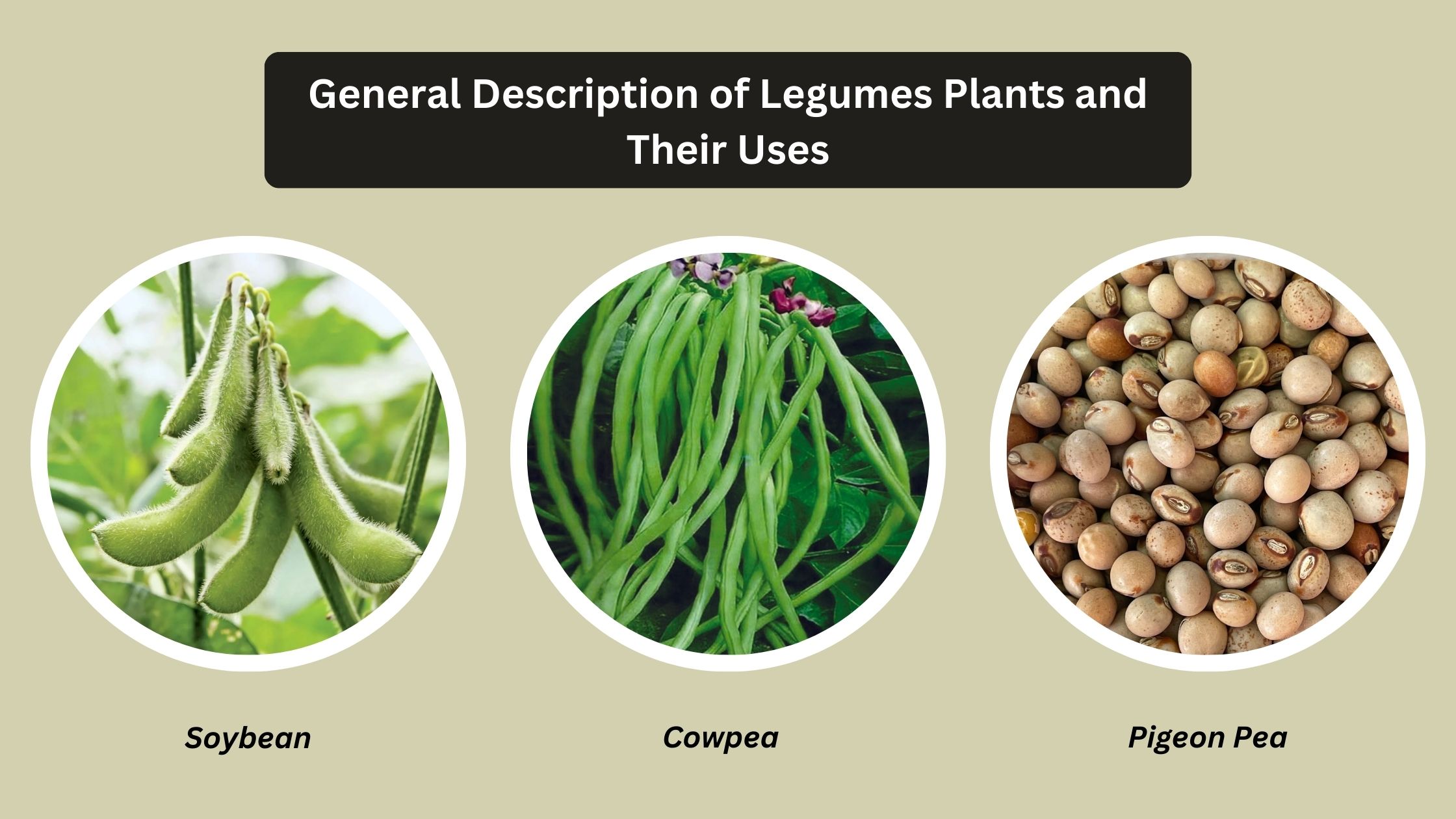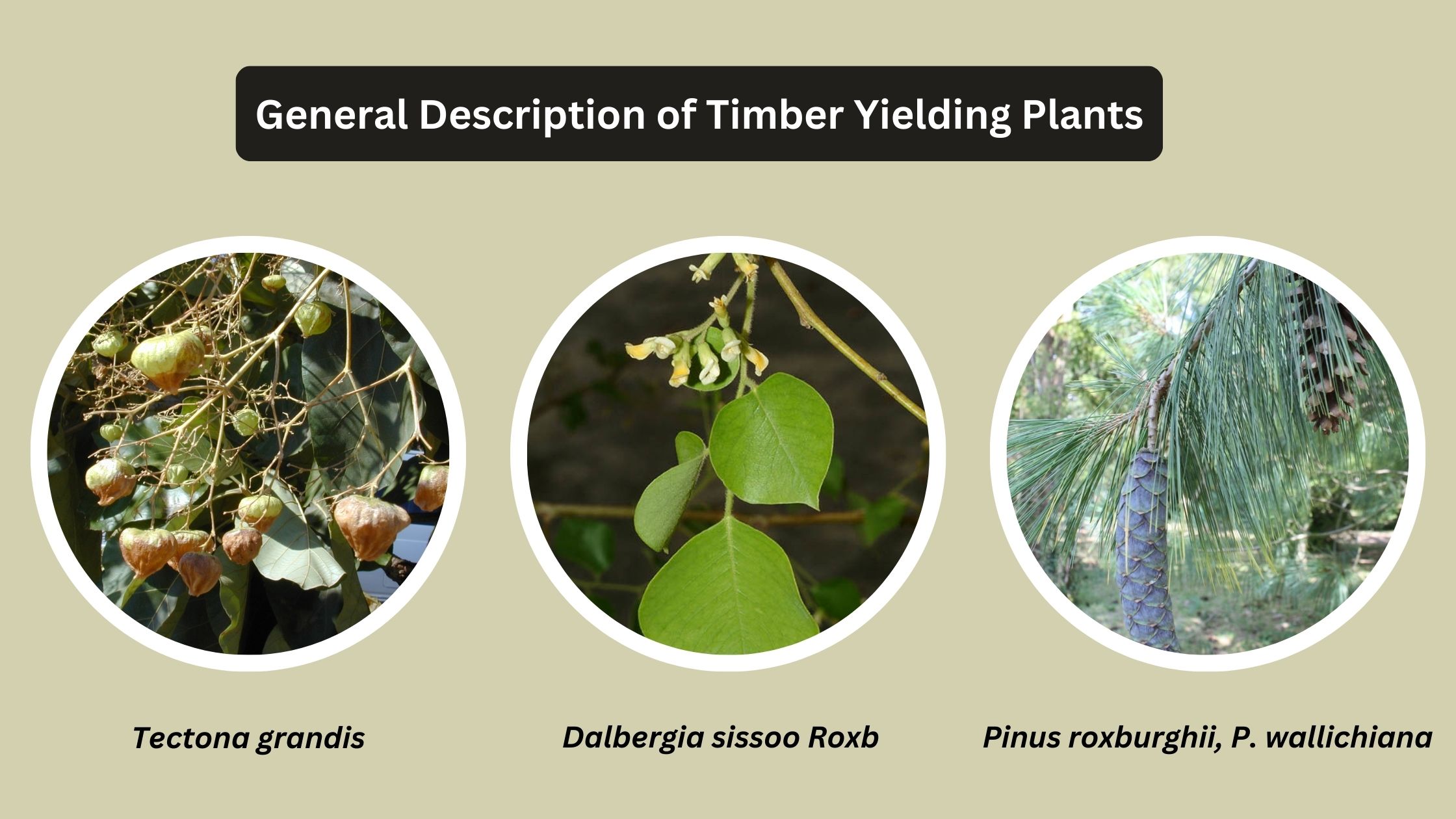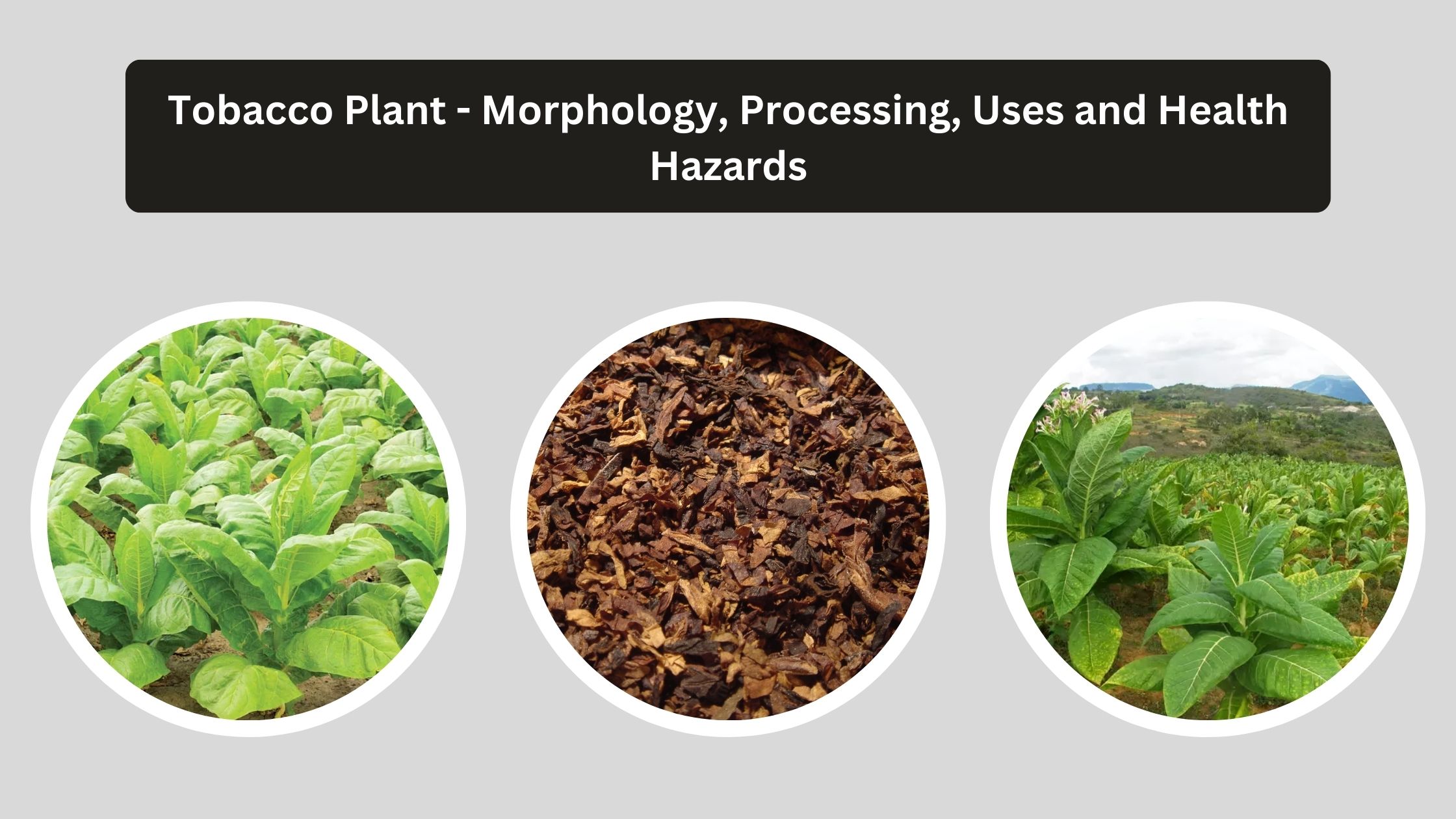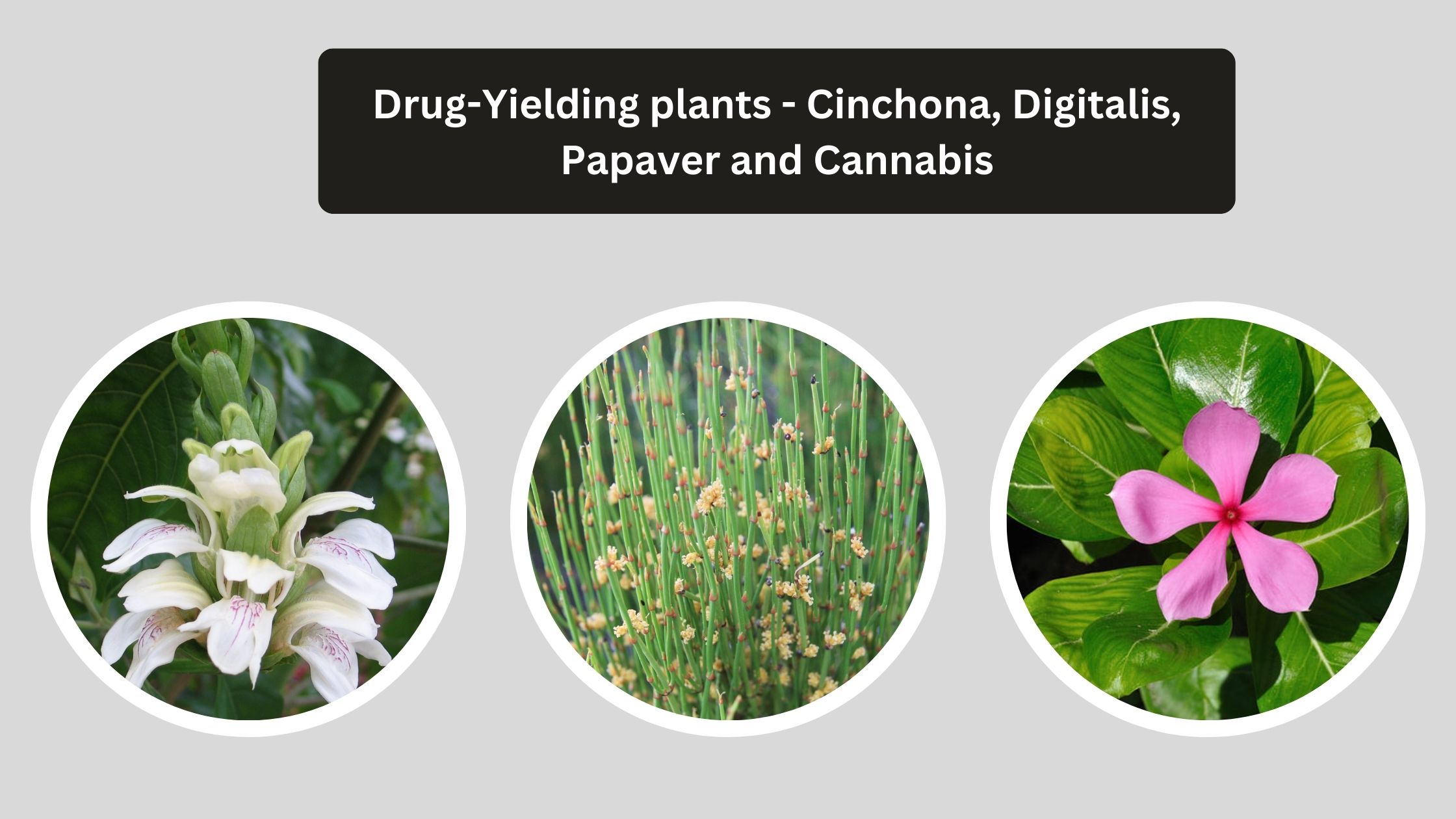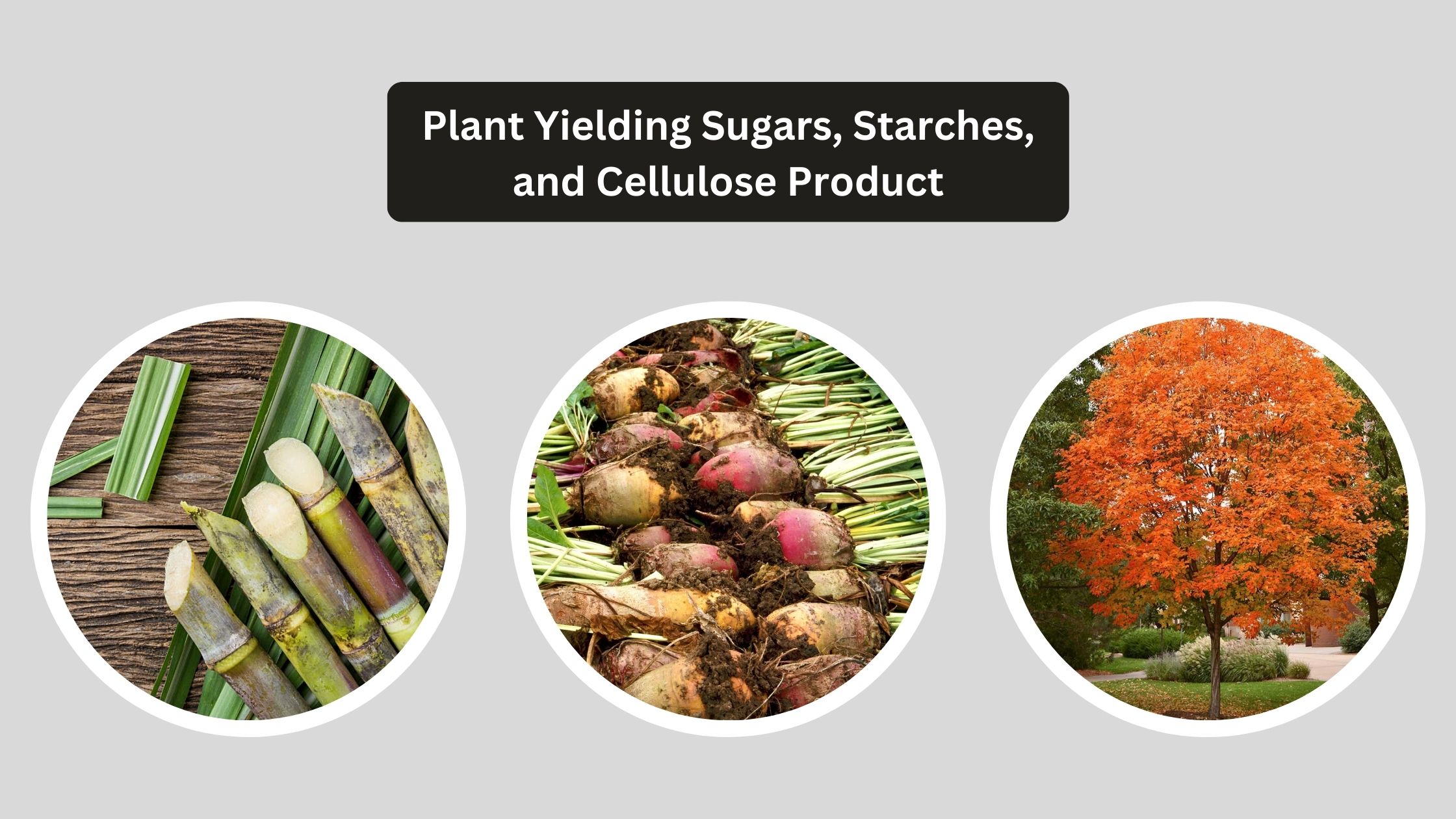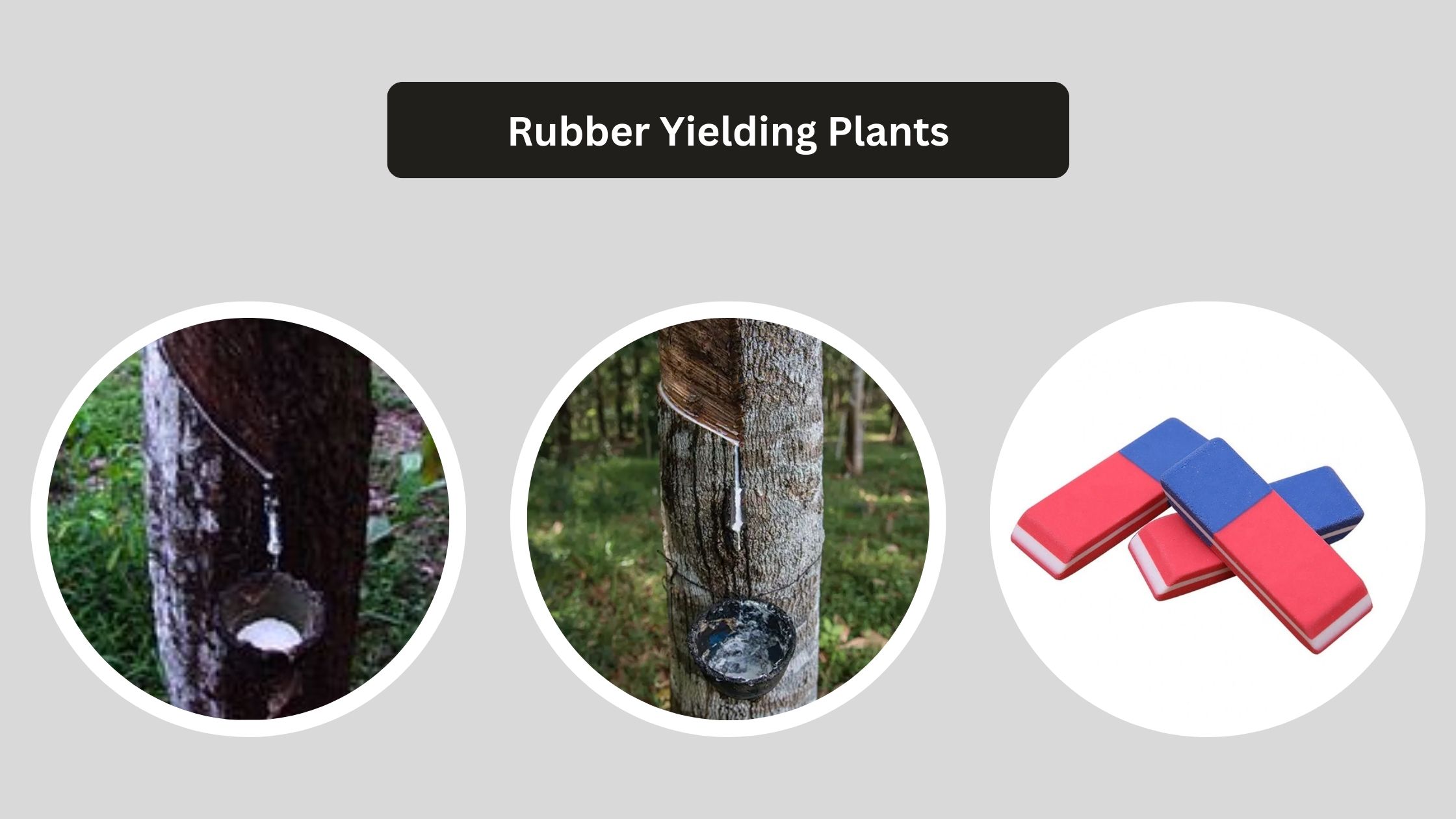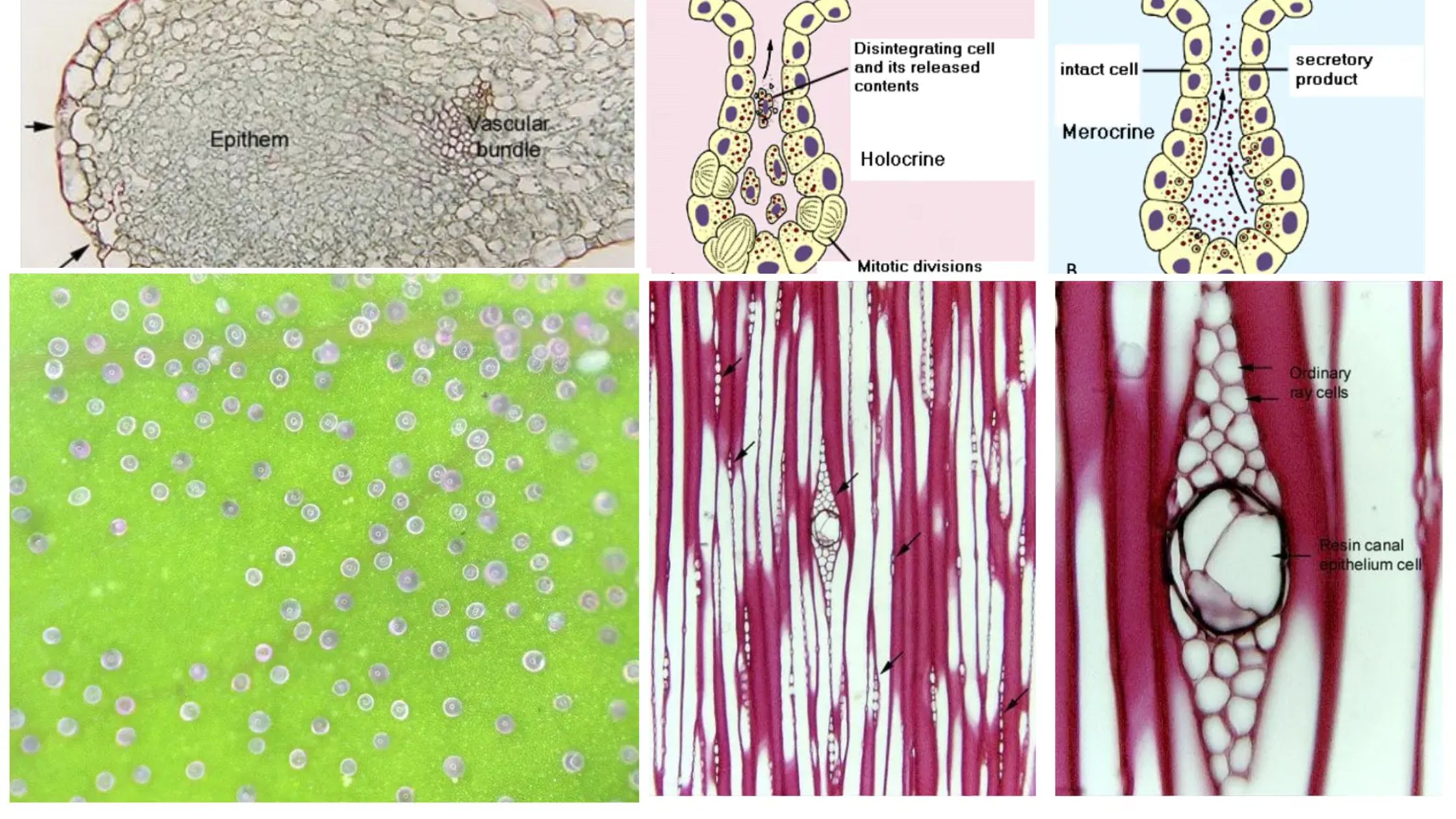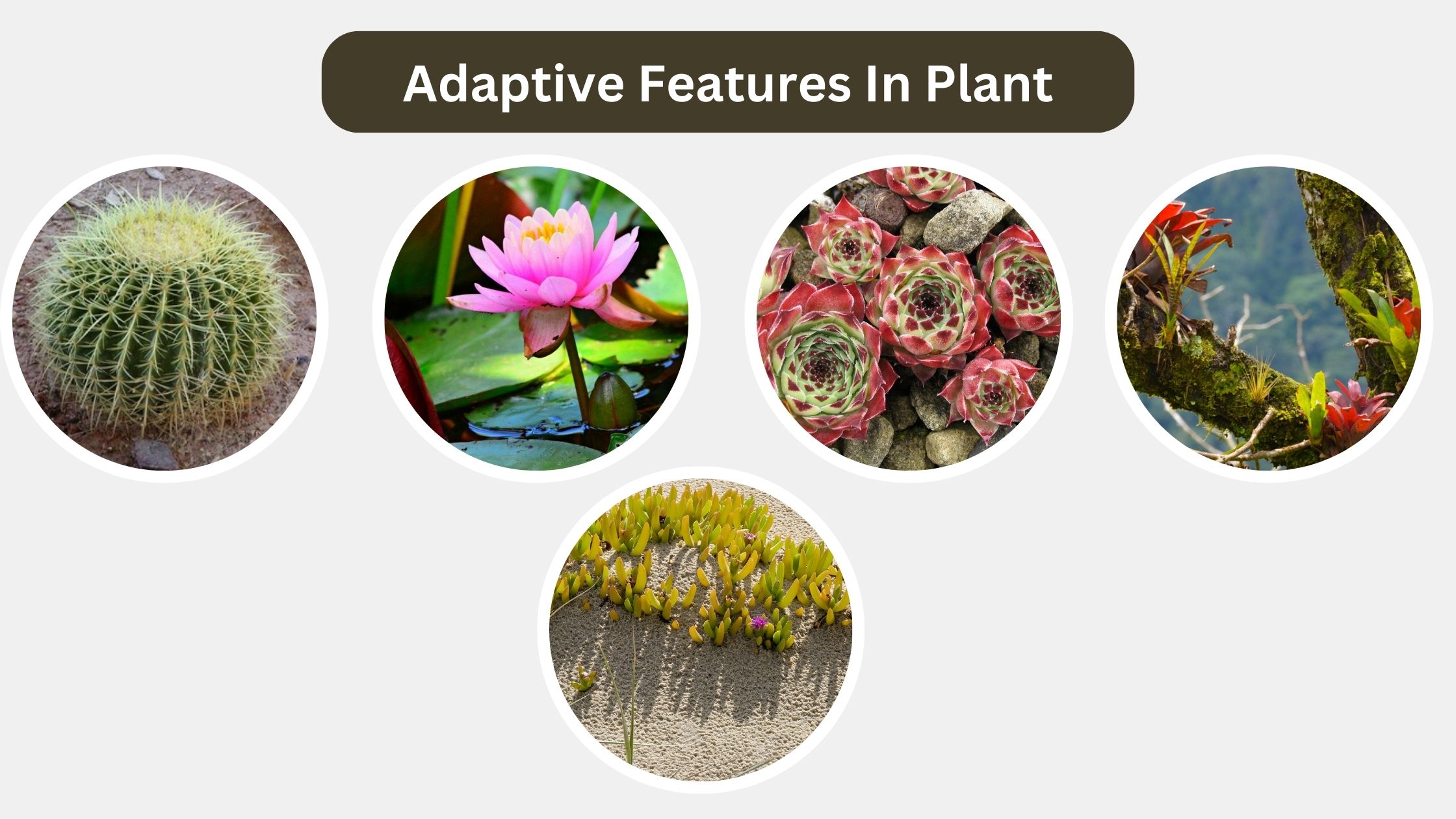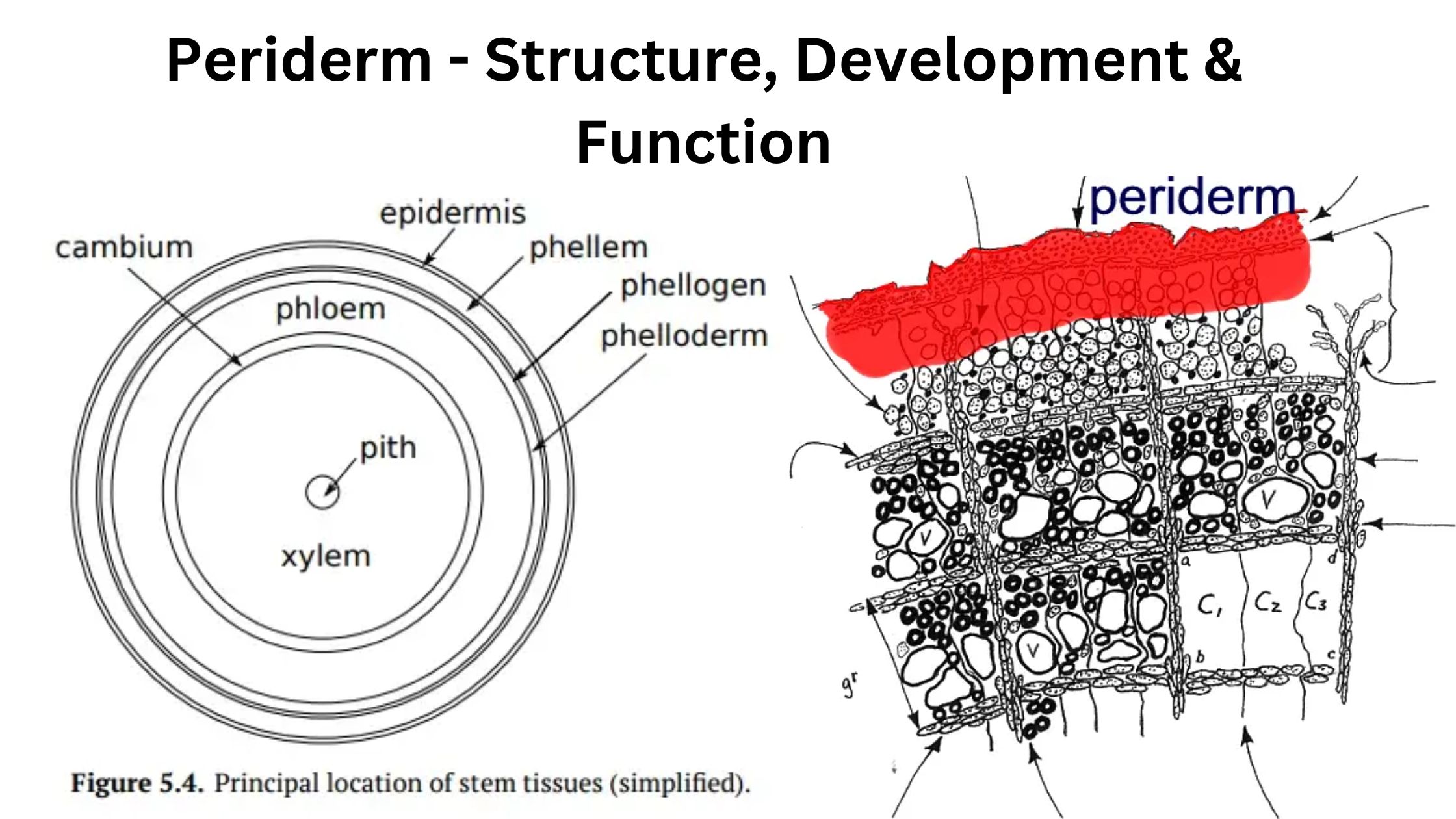General Description of Legumes Plants and Their Uses
What are Legumes? Nutritional Value of Legumes Legumes are highly regarded for their nutritional value, making them essential components of a balanced diet. These foods offer a wealth of benefits due to their rich nutrient profile, including proteins, carbohydrates, dietary fiber, vitamins, and minerals. Their bioactive compounds further enhance their appeal by contributing to various … Read more
